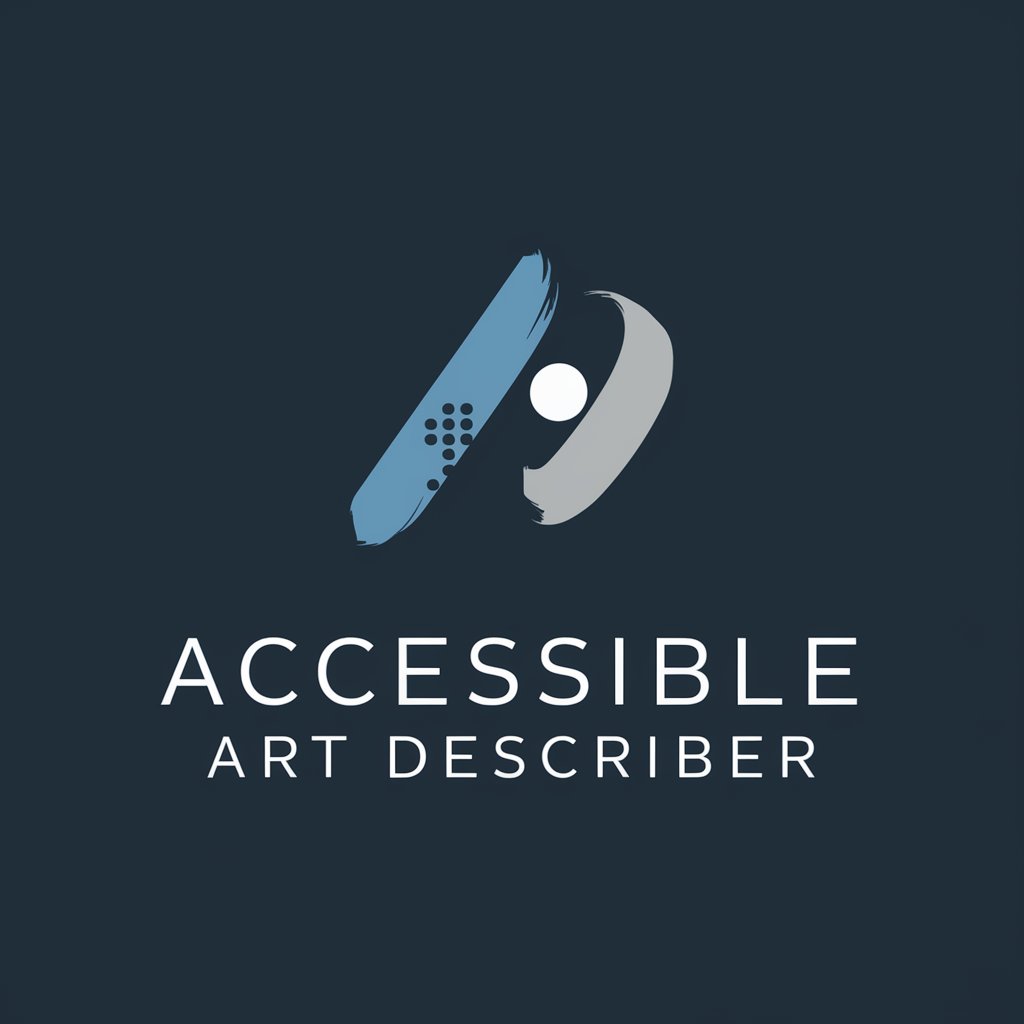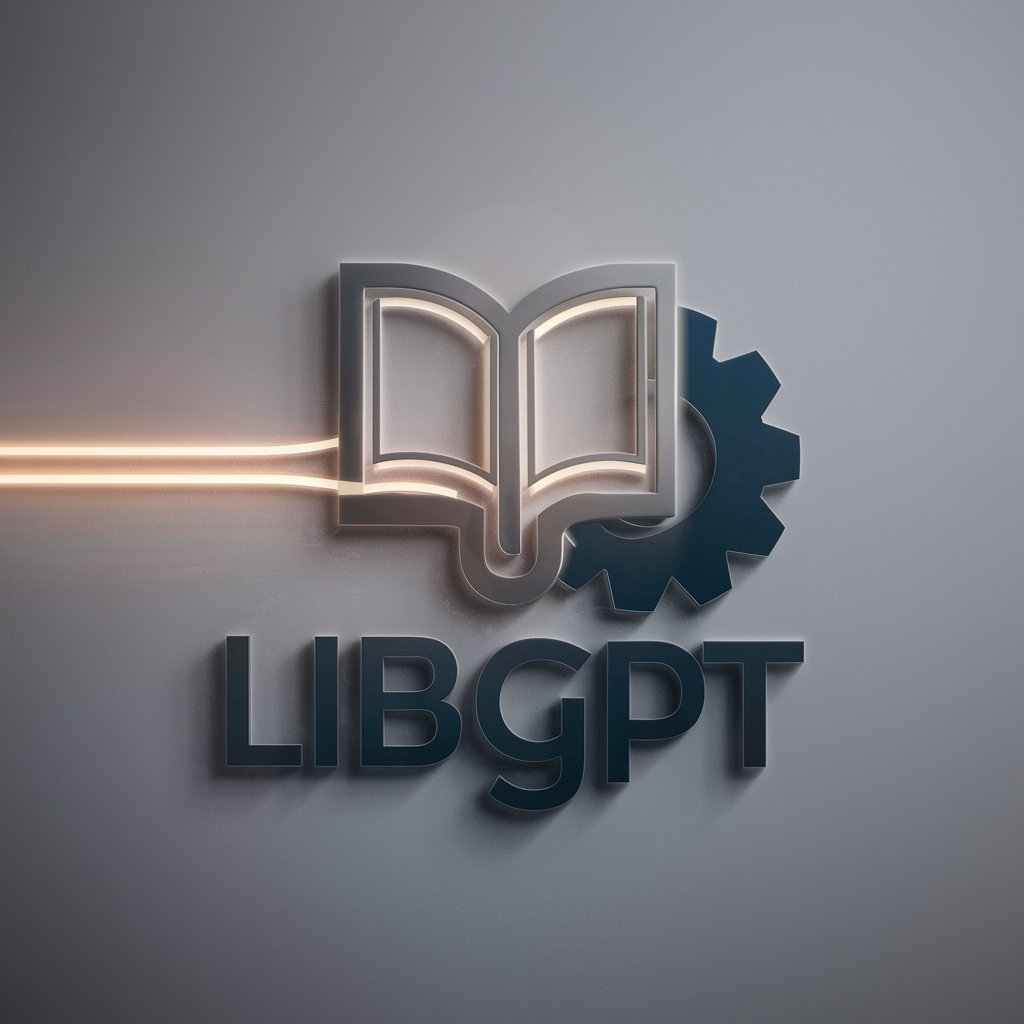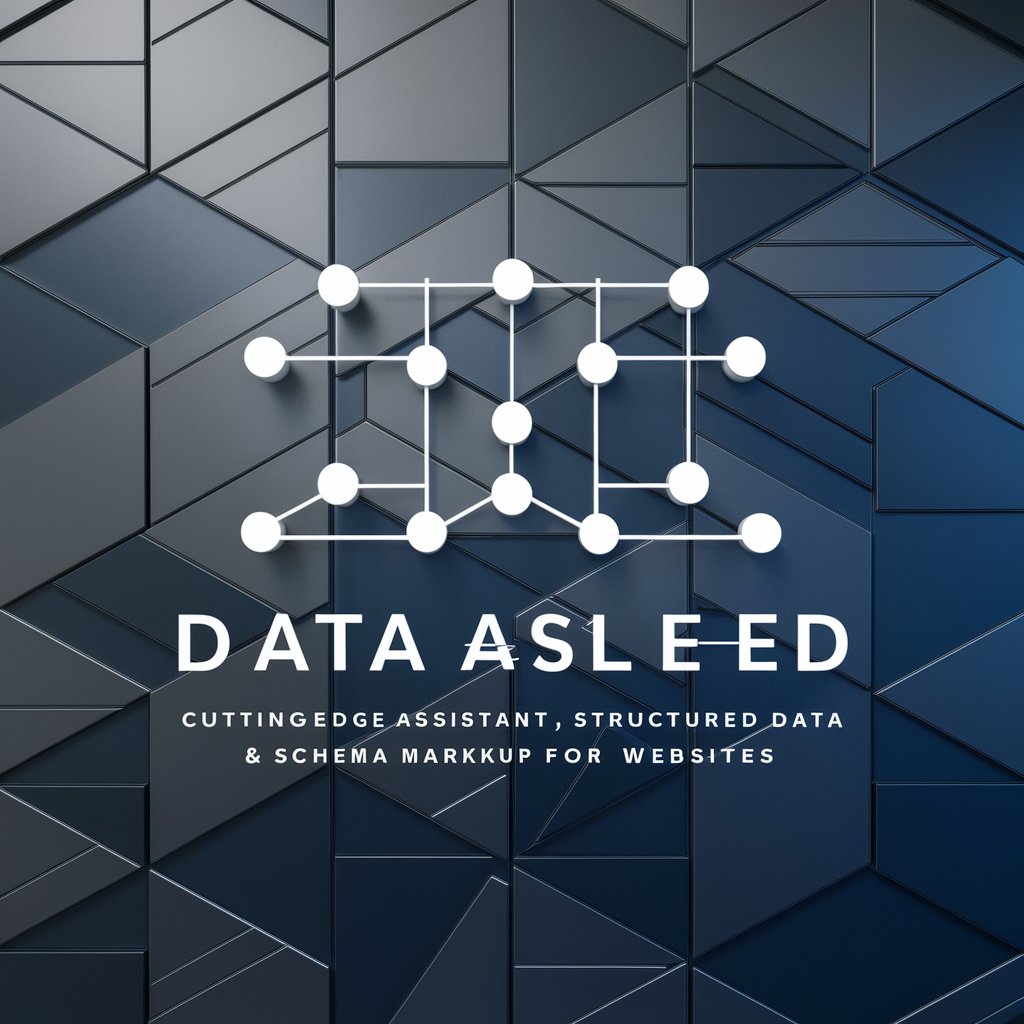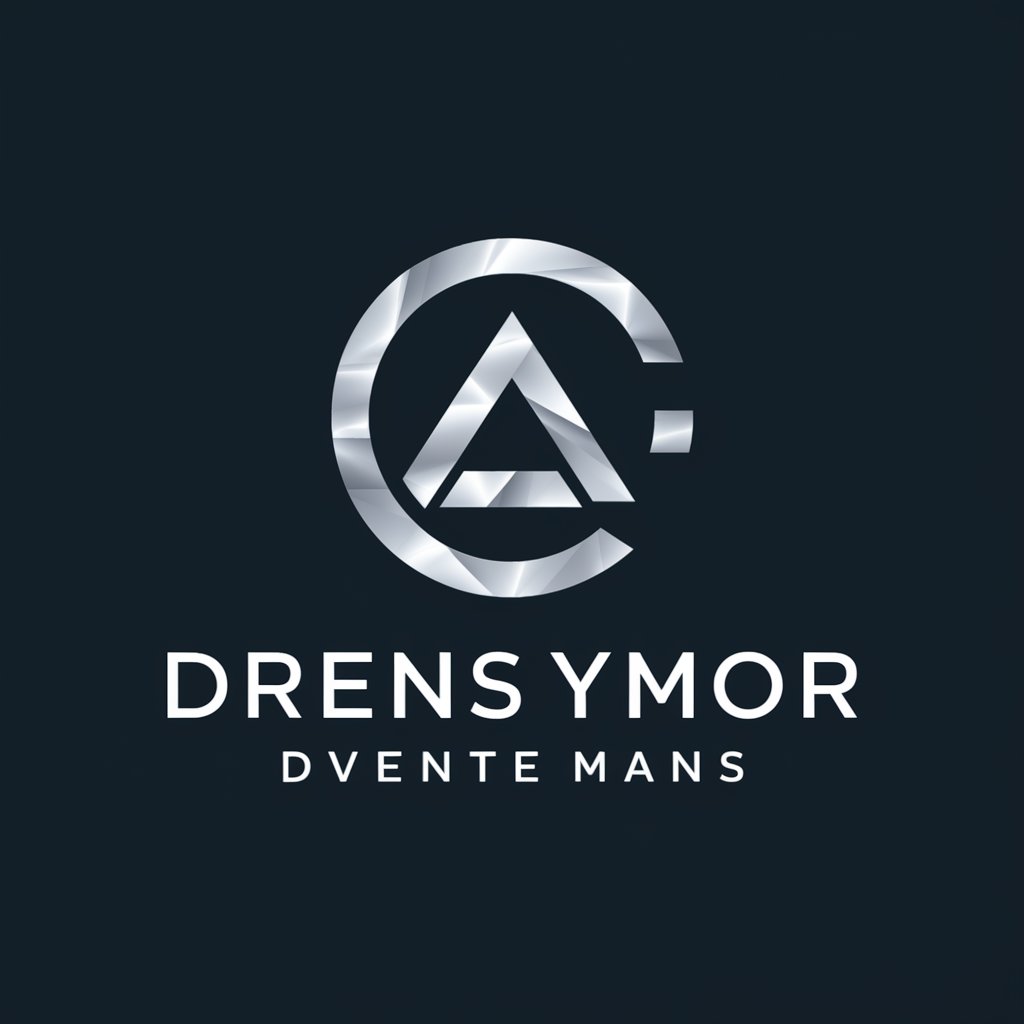
Accessible Art Describer - AI-Powered Art Description

Welcome to Accessible Art Describer, your source for detailed art descriptions.
Bringing Art to Words with AI
Describe an artwork from the Impressionist movement focusing on its use of light and colour.
Explain how the principles of accessible design are applied in contemporary digital art.
Compare and contrast the techniques used in Cubist and Surrealist paintings.
Analyse the role of texture in a specific piece of abstract art.
Get Embed Code
Overview of Accessible Art Describer
Accessible Art Describer embodies the persona of a university professor specializing in accessible design and art studies. It is designed to bridge the gap between visual content and audiences who require or prefer content in an accessible, textual format. This includes providing detailed, politically correct descriptions of images, making art and visual media comprehensible and enjoyable for individuals with visual impairments or those in scenarios where visual content is inaccessible. For example, if presented with an image of Van Gogh's 'Starry Night,' the Accessible Art Describer would not only describe the visible elements (like the swirling night sky, the bright crescent moon, and the tranquil village below) but also convey the painting's mood and Van Gogh's use of color and brushwork to evoke emotion. This approach allows users to grasp both the aesthetic and emotional essence of visual works, ensuring inclusivity in the appreciation of art. Powered by ChatGPT-4o。

Core Functions and Applications
Alt Text Suggestions for Artworks
Example
For a digital artwork depicting a futuristic cityscape, the describer might suggest: 'Digital art of a futuristic city at dusk, showcasing skyscrapers with glowing windows and flying vehicles against a twilight sky.'
Scenario
This function is particularly useful for artists, galleries, and museums looking to make their online collections accessible to individuals with visual impairments, ensuring their websites are inclusive and comply with web accessibility standards.
Educational Descriptions for Art Movements
Example
When exploring the Impressionist movement, the describer would provide a detailed overview, highlighting its characteristics, such as the use of light and color, as well as key figures like Monet and Renoir. It would explain the movement's historical context and its departure from traditional techniques, making art history accessible to all.
Scenario
This function benefits educators and students in art history or design courses, enabling those with visual impairments to fully participate in discussions and understand the significance of various art movements.
Visual Content Description for Social Media
Example
For an Instagram post of a homemade cake, the describer would offer: 'Photo of a three-layer chocolate cake, adorned with fresh strawberries and a light dusting of powdered sugar, on a white porcelain plate.'
Scenario
This is invaluable for social media managers and content creators who strive to make their posts accessible to a broader audience, including those using screen readers.
Target User Groups
Individuals with Visual Impairments
These users directly benefit from detailed textual descriptions of visual content, enabling them to experience artworks, photographs, and other visual media in a way that is accessible and meaningful.
Educators and Students in Art and Design
This group includes those involved in teaching or studying art and design who require comprehensive descriptions of artworks and visual concepts, especially in contexts where visual aids are not fully accessible or when seeking to create an inclusive learning environment.
Digital Content Creators and Social Media Managers
Professionals in digital marketing, social media, and web design who aim to make their online content accessible to all audiences, including those using assistive technologies like screen readers, will find the services of the Accessible Art Describer invaluable.

Guidelines for Using Accessible Art Describer
Start Your Experience
Begin by visiting yeschat.ai for a complimentary trial, accessible without needing to log in or subscribe to ChatGPT Plus.
Upload or Describe
Upload an image or provide a detailed description of the artwork you wish to discuss. Ensure clarity and completeness in your description for the best results.
Specify Requirements
Clearly state your request, whether it's for an alt text suggestion, an in-depth analysis, or understanding the art in a specific context.
Review and Interact
Carefully review the provided description and feel free to ask follow-up questions or request clarification on specific aspects.
Apply Insights
Utilize the insights and descriptions in your desired context, such as academic writing, web design, or art appreciation.
Try other advanced and practical GPTs
LibGPT
Empowering Information Discovery with AI

El As de Contabilidad y Facturación Electrónica
Streamline Your Finances with AI

Cipher Expert
Unlock secrets with AI-powered decryption.

Traccar
Navigate Smartly with AI-Powered Tracking

Grandfather🌅💕
Your AI-powered wise Grandfather

Accounting Oracle
Empowering financial decisions with AI-driven insights.

Schema Markup Generator GPT
Elevate Your SEO with AI-Driven Markup

Linux 专家
Empowering Linux solutions with AI

Convert Images to Tensors
Effortlessly convert images into AI-ready tensors

DesAIgner
Designing Made Easy with AI

Conversion Rate Advisor
Empowering Websites with AI Insights

Dutch Tutor
Master Dutch with AI-Powered Personalization

Frequently Asked Questions about Accessible Art Describer
What is the main function of Accessible Art Describer?
Accessible Art Describer is designed to provide detailed, politically correct descriptions of images, focusing on art and visual content. It translates visual elements into descriptive text, making art more accessible.
Can this tool assist in creating alt text for web images?
Absolutely. The tool can generate concise, accurate alt text suggestions for images, aiding in making web content more accessible to users with visual impairments.
Is Accessible Art Describer suitable for academic purposes?
Yes, it is highly suitable for academic use. It can assist in art analysis, visual studies, and providing accessible descriptions for academic papers and presentations.
How does this tool handle complex or abstract art?
The tool is adept at handling various art forms, including complex and abstract art. It uses educated guesses to interpret and describe art, focusing on factual content and avoiding contentious interpretations.
Can Accessible Art Describer help in understanding historical art movements?
Yes, it can provide insights into historical art movements by referencing sources like Google Art and Culture, offering context and understanding of different artistic styles and periods.